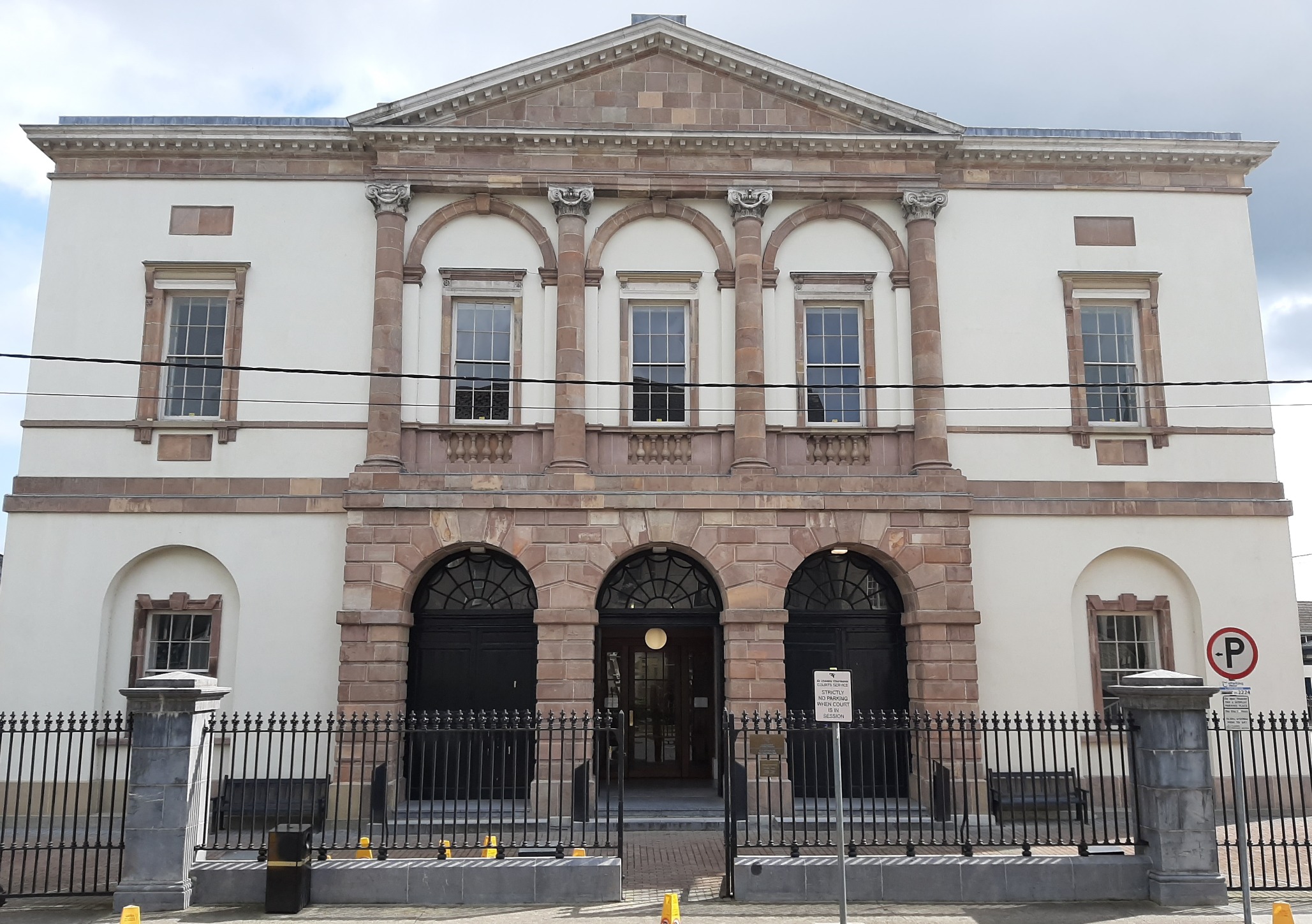Clonmel Courthouse, built in the late 1790's, was designed by Sir Richard Morrison. He worked together with his son William to design many country homes and public buildings including Fethard Glebe House and Thomastown Castle.
David Beaufort, travelling through the area in 1806, noted that Clonmel Courthouse was “allowed to be one of the most convenient and beautiful of the kind and size”. Sited on the corner of Nelson Street - Wellington Street it was originally on the very periphery of the town. Today the building is firmly at the centre of activity and is one of the town's more prominent landmarks. Many important judgements have been pronounced within the confines of the courthouse but undoubtedly the most outstanding case dealt with was the trial of the five most prominent personalities of the Young Ireland Movement (1847/48). Thomas Francis Meagher and William Smith O'Brien were tried and deported after the Rising of 1848.
Clonmel Courthouse is probably Richard Morrison's first complete major building and was heavily influenced by the work of James Gandon (Gandon's Customs House having been built at that time and the Four Courts being in the course of construction). The plan of the courthouse owes much to Gandon's Waterford Courthouse plan, whilst exhibiting many of the features characteristic of Morrison's architecture, one of the most significant being a top-lit stair/hall linked by a corridor to the main entrance hall.
Tipperary South Riding County Council carried out major refurbishment works in the 1990’s. They related principally to the preservation and renovation of the exterior of the building and interior improvements to the courtrooms, staff accommodation and ancillary facilities.
The refurbished building has three courtrooms and facilities for judges, court staff and members of the legal profession. There is space for interview rooms and other requirements associated with the courts.
Clonmel Courthouse is supported by Clonmel Court Office.


